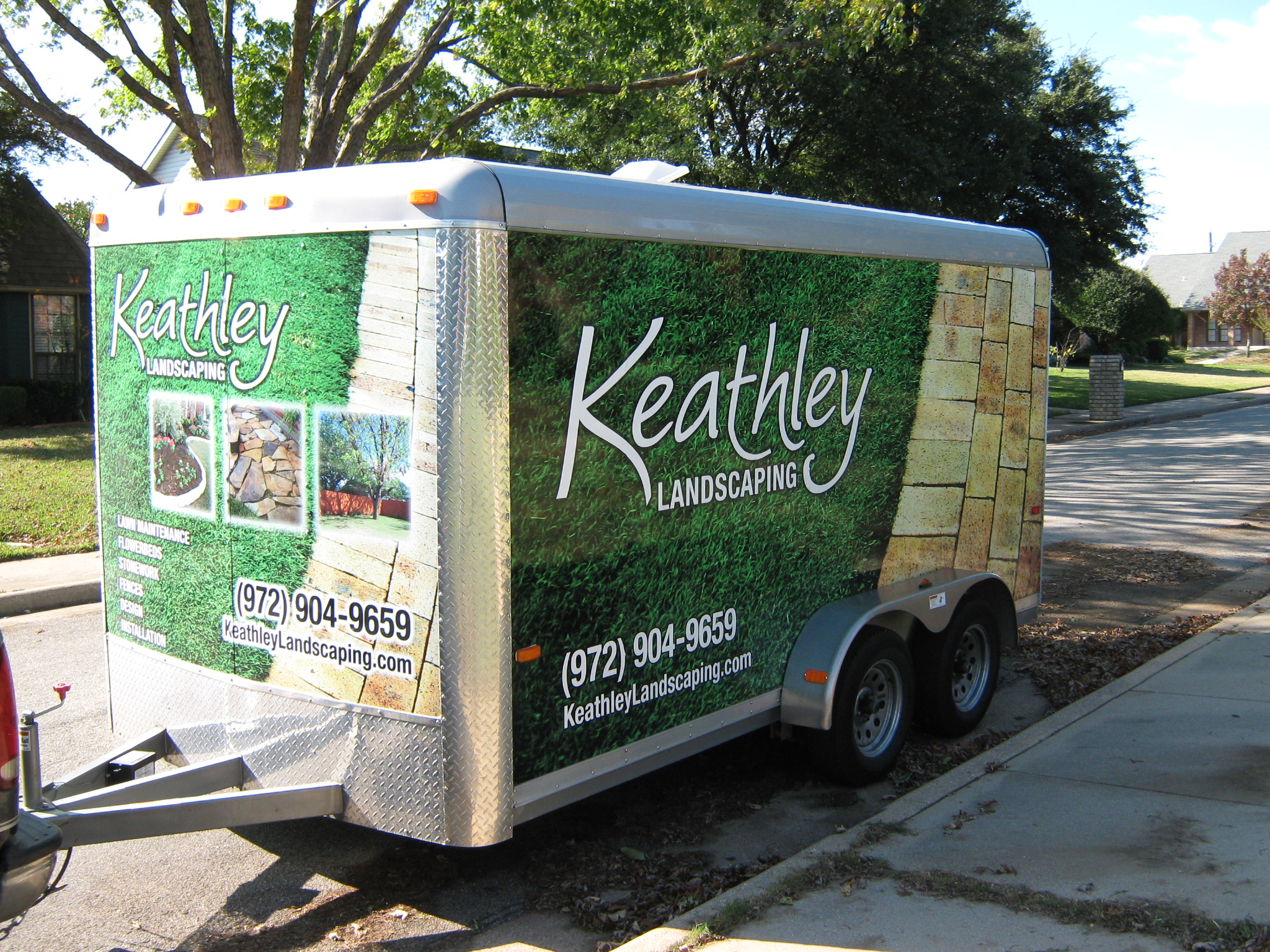The Environmental Benefits of Proper Yard Drainage
Proper yard drainage is often overlooked, yet it plays a crucial role in maintaining a healthy and sustainable environment. With increasing concerns about climate change and environmental conservation, understanding the environmental benefits of effective yard drainage can help homeowners make informed decisions about their landscaping practices. This blog post delves into the reasons why yard drainage is important, its ecological benefits, and practical steps to improve it.
Understanding Yard Drainage
Yard drainage refers to the mechanisms and techniques used to manage water runoff and prevent waterlogging in outdoor spaces. Proper drainage systems are designed to redirect rainwater away from structures and vulnerable areas, minimizing the risk of soil erosion, flooding, and plant damage.
Why Yard Drainage Matters
Without adequate drainage, water can accumulate in your yard, leading to problems such as waterlogged soil, damaged plants, and even structural damage to your home. According to the Environmental Protection Agency (EPA), poor drainage can contribute to the contamination of local waterways by carrying pollutants through stormwater runoff.
Environmental Benefits of Proper Yard Drainage
1. Reducing Soil Erosion
Effective yard drainage helps in reducing soil erosion. When rainwater is not correctly channeled, it can wash away the topsoil, which is crucial for plant growth. By implementing proper drainage systems, such as French drains or swales, you can preserve the integrity of your yard’s soil. According to a study by the USDA, erosion can remove up to 5 tons of soil per acre annually in inadequately managed areas.
2. Preventing Water Pollution
One of the key benefits of proper yard drainage is its role in preventing water pollution. Runoff water often contains contaminants like fertilizers, pesticides, and other chemicals used in gardens. By managing water flow, you can reduce the amount of these pollutants entering local waterways, thus protecting aquatic ecosystems.
3. Enhancing Groundwater Recharge
Proper drainage systems can facilitate groundwater recharge by allowing water to percolate into the soil instead of running off into storm drains. This helps replenish groundwater supplies, which are vital for maintaining water availability during dry seasons. The National Ground Water Association notes that about 25% of the U.S. population depends on groundwater for their drinking water supply.
4. Promoting Biodiversity
Healthy drainage can create a more stable environment for plants and wildlife. By preventing waterlogged conditions, you support a diverse range of plant life that, in turn, provides habitat and food for various animal species. This biodiversity is essential for maintaining ecological balance and resilience against environmental changes.
Implementing Effective Yard Drainage Solutions
1. Conducting a Site Assessment
Before implementing any drainage solutions, it’s crucial to conduct a thorough site assessment. Identify areas of your yard where water tends to accumulate and observe the flow pattern during rainfall. This will help you design a drainage system tailored to your yard’s specific needs.
2. Installing French Drains
French drains are trenches filled with gravel or rock containing a perforated pipe that redirects surface water and groundwater away from an area. They are effective in preventing water buildup and are relatively easy to install. For instance, a French drain can be placed along the perimeter of your yard to guide water away from your home’s foundation.
3. Creating Swales
Swales are shallow, vegetated channels designed to slow down and capture runoff, allowing it to soak into the ground. They are a sustainable solution that can be integrated into your landscaping design. Plants in swales can filter out pollutants, enhancing the quality of water that eventually reaches the groundwater.
4. Utilizing Rain Gardens
Rain gardens are planted depressions that allow rainwater runoff from impervious surfaces to be absorbed. These gardens are not only aesthetically pleasing but also help in reducing runoff and improving water quality. Choosing native plants for your rain garden can further support local wildlife and reduce maintenance needs.
Conclusion: A Sustainable Choice for Your Yard
Investing in proper yard drainage is a sustainable choice that benefits both your property and the environment. By implementing effective drainage solutions, you can reduce environmental impact, support biodiversity, and contribute to the conservation of water resources. As we face the challenges of climate change, adopting environmentally friendly landscaping practices becomes increasingly important. Start by assessing your yard’s drainage needs and explore the available solutions to create a more sustainable and eco-friendly outdoor space.
For more tips on environmentally friendly landscaping practices, consider consulting with a landscaping professional or visiting resources like the EPA’s Green Infrastructure page. Remember, every small step towards better yard drainage contributes to a healthier planet.






































Recent Comments